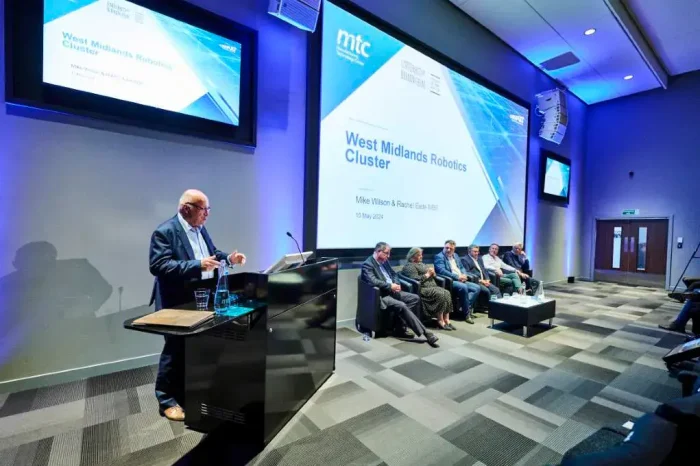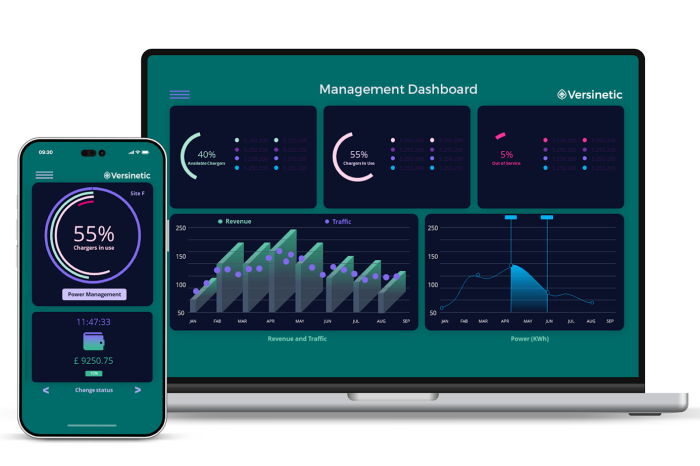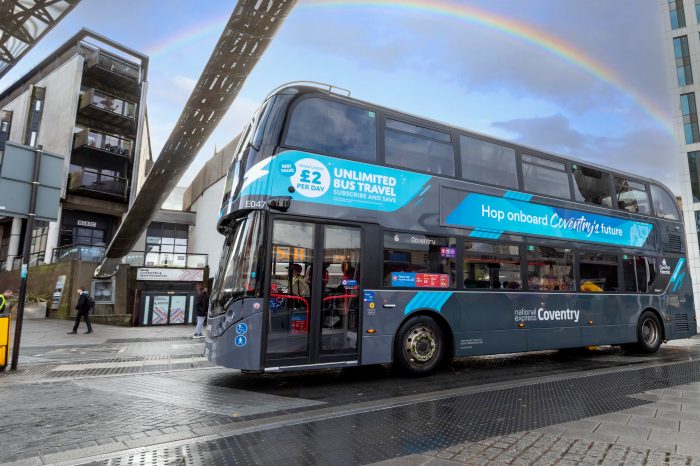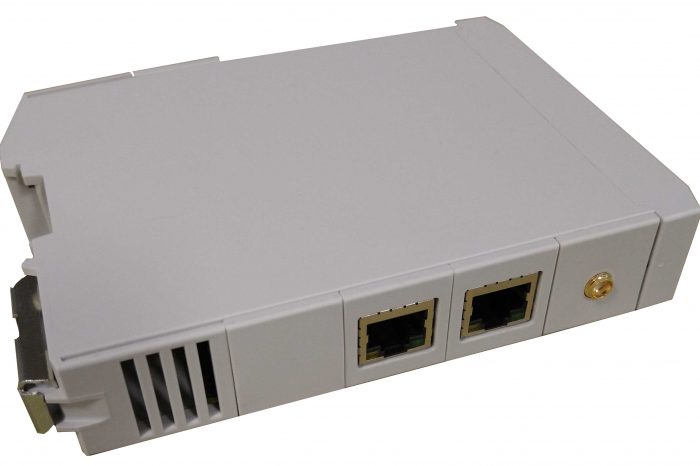GreenSCIES smart energy grid launches in West Midlands

A new low carbon smart energy grid called GreenSCIES (Green Smart Community Integrated Energy System), has been launched in London and the West Midlands.
Cleverly concealed underground, the new smart energy grid – which has currently reached design stage – will provide an answer to the challenge of powering inner cities of the future and transforming lives, homes and businesses into sustainable energy districts, while tackling fuel poverty and the negative effects of climate change.
GreenSCIES aims to deliver a solution which can provide low carbon and low cost transport, power and heat to a total of 12,500 homes in Sandwell in the West Midlands and the London Borough of Islington.
The new smart energy grid will help to reduce carbon emissions by an estimated 80% (against conventional systems) while addressing fuel poverty by providing a significant reduction on consumer bills. The system will also deliver air quality improvements by reducing pollutants while improving provision of local skills training and job prospects, helping to invigorate local economies.
The smart energy network will generate power from renewable energy sources while connecting to the electricity grid and to electric vehicle charging points. It will use artificial intelligence controls to connect flexible electricity demands from heat pumps and electric vehicles to intermittent renewable sources, including solar power – delivering clean, locally produced energy while reducing pollution and supporting a transition to low carbon transport.
The science behind GreenSCIES has been developed by the GreenSCIES consortium – a collection of 16 business partners including a number of small and medium sized enterprises (SMEs), under the umbrella InnovateUK and funded by UK Research and Innovation (UKRI) through the Government’s Industrial Strategy Challenge Fund. These include Birmingham’s Grid Edge.
As a ‘fifth-generation’ energy network, GreenSCIES goes further than previous projects in the UK. The system works by sharing heating and cooling between buildings, to ensure a balanced energy supply across the network: waste heat is captured from secondary heat sources – including office buildings, data centres and the public transport network. The temperature of the waste heat is then raised or cooled using heat pumps before being distributed to homes, businesses and communities, all year round. By drawing on waste heat produced by data centres that support the Internet, the smartgrid will channel energy from the Internet to power homes, offices and transport networks of the future.
Jim Scott, Chief Product Officer and Co-Founder of Birmingham-based Grid Edge said, “Grid Edge provides predictive AI and Machine Learning technology that enables buildings to optimise their energy use. With GreenSCIES, we will do this on a Neighbourhood level at scale.
“This project gives a genuine pathway towards a more sustainable future, which is why we’re so pleased to be involved.
“Building owners, university campuses and hospitals are good examples of others who could benefit from the software we’re developing to iterate their way to Net-Zero.”
Graeme Maidment, Professor of Heating and Cooling in the School of Engineering at London South Bank University (LSBU) and Director of GreenSCIES consortium, said: “GreenSCIES provides a brilliant opportunity to deliver low carbon energy in urban areas. This fantastic consortium will develop new systems and business models to provide fairer access to low cost and low carbon energy supply for local residents in inner cities – many of whom are fuel poor. We will also investigate policy models and strategies to optimise their adoption at local, national and international levels.”






